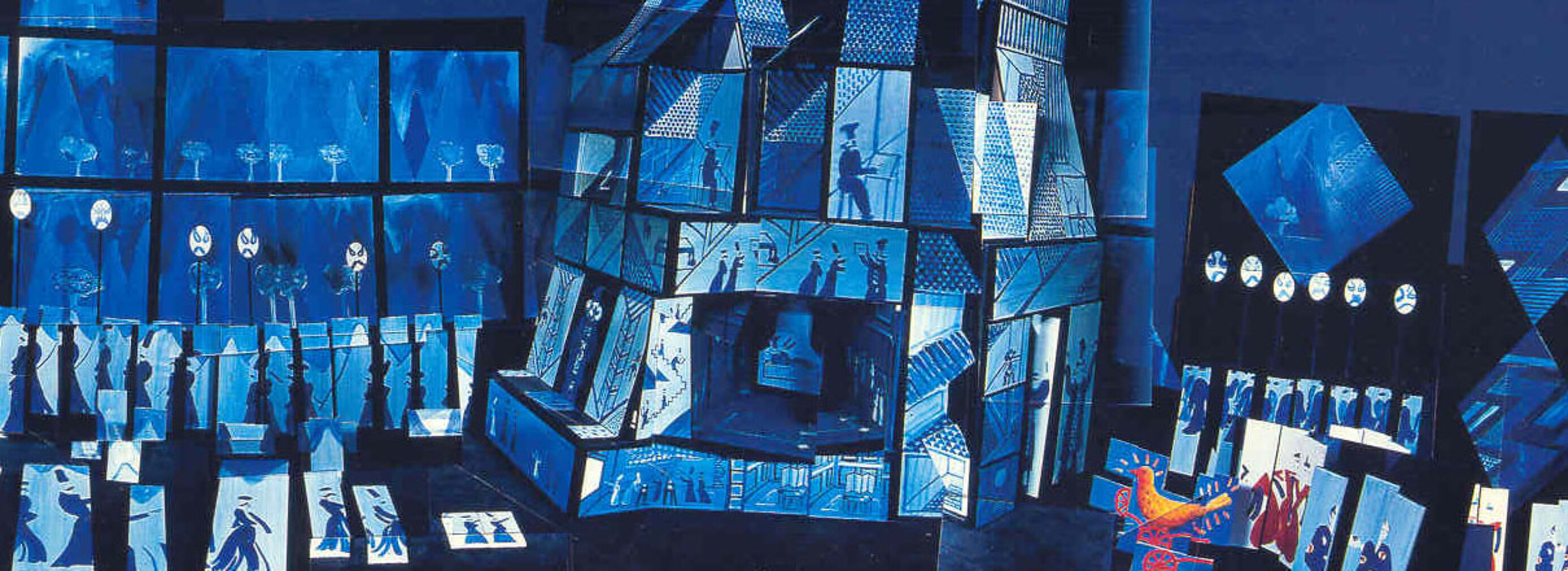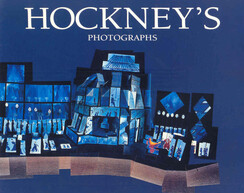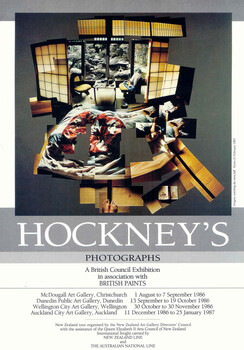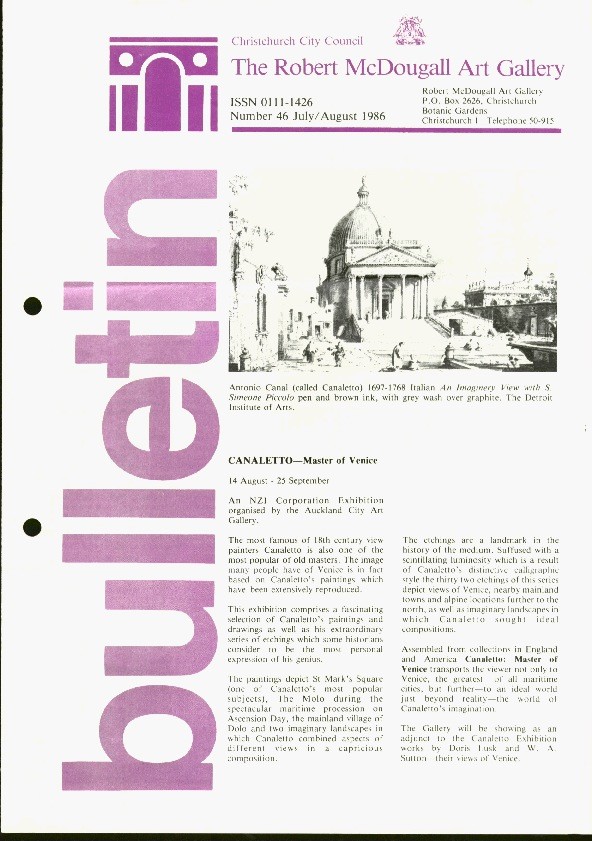This exhibition is now closed
Hockney's Photographs
1 July –
7 September 1986

Front cover of the Hockney's Photographs exhibition catalogue (detail)
Hockney's Photographs, an exhibition of photocollages by the internationally renowned artist, David Hockney, is destined to clock up huge attendance figures at the Gallery.
Widely acclaimed when first shown at the Hayward Gallery, London, and since then, a similar outstanding success in Japan, it is estimated that Hockney's Photographs will attract over 70,000 viewers during the five months the show is in this country.
David Hockney has been described as the most popular serious artist in the world, a reputation derived from a talent that is not limited to any particular media. At various stages in his career as a painter, his work has ranged from disciplined realism to fluent, spontaneous and highly coloured works. Over the years, the designing of sets for opera and the theatre has tended to be an increasingly important part of his work.
Until early in 1982, however, Hockney regarded photography as little more than a hobby, albeit one that he pursued vigorously, composing, rather than just filling, the pages of hundreds of albums with photographs of family, friends, places and incidents. But to Hockney, photographs were but a recorded instance, lacking the layering of time and depth of experience that the very process of applying paint to a canvas lent to painting.
This was to change when a curator, involved in selecting some of his album photographs for a Centre Pompidou exhibition, left Hockney a polaroid camera and several dozen packets of film. Using these Hockney shot and assembled a collage of his Los Angeles house, The result, he saw, tended to succeed where individual photographs failed. This, and subsequent photocollages, captured the "discrete separate glimpses which . . . build up into our continuous experience of the world." (John Sturman). Each component of the collage, while being taken from the same general point of view, presents a different vision and focus of the whole.
In "Gregory Swimming" (35), many images demonstrate the progress of the swimmer around Hockney's painted pool while "Luncheon at the British Embassy, Tokyo" (88) does not record an instant within the luncheon, but is rather a vision of an extended event replete with incidents, such as the maid at the sideboard and the passing of different conversations. The element of elapsed time is evident in "Gregory watching the snow fall" (93) by the different images of Gregory's face. Two look out at a snow covered Japanese garden from the warmth of his bed, while the third gazes back at Hockney focusing attention on the presence of the artist, a presence already acknowledged by a pair of feet in the bottom of the work. It is a tranquil and haunting work.
Comprising 101 works, many of them of a grand and impressive scale, the exhibition Hockney's Photographs, is a 'tour de force' of an important part of work of one of the world's leading contemporary artists. It is certainly the most important Hockney exhibition yet to come to New Zealand. A prestigious catalogue with 18 full-colour plates of Hockney's photographs has been especially produced for the New Zealand tour.
Hockney's Photographs has been brought to New Zealand by the British Council with the support of British Paints. International freight to Australia, where the exhibition tours after New Zealand, will be covered by the New Zealand Line and the Australian National Line. Assistance has also been provided by the QEII Arts Council. The New Zealand tour has been organised by the New Zealand Art Gallery Director's Council.
('David Hockney – Photographs', Bulletin, No.46, July/August 1986, p.2)
Location:
Robert McDougall Art Gallery - main gallery
Exhibition number: 371




